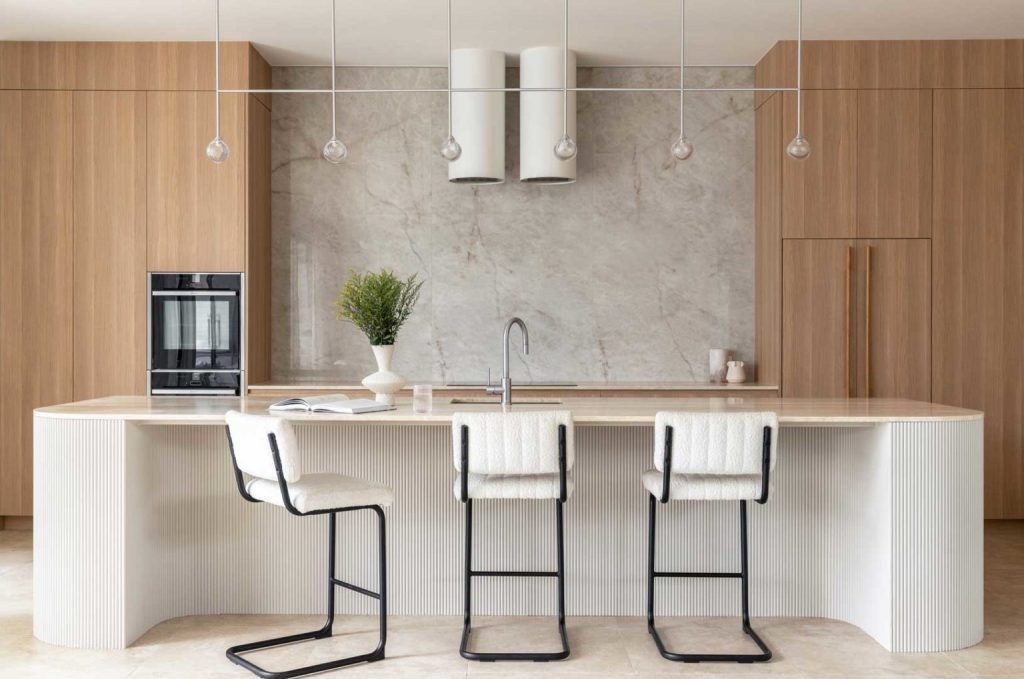
Interior design is an art. Most professional interior designers are paid thousands for their ability to transform any environment into a stunning home. It takes practice and an aesthetic eye; however, over the years, interior designers have shared their knowledge, and we have been able to put together a list of 6 rules you should follow when decorating your rooms yourself.
Scale And Proportions
When arranging your furniture and decor for each room, the primary consideration you should have is the way they fit into the room and work with each other. This could be finding the right shelving length for a specific wall, the perfect size black picture frame to make a statement above the sofa or a rug that lays perfectly in front of your fireplace. Larger pieces of furniture in a smaller space will make the room feel cramped and smaller pieces in a large room will result in them feeling out of place. If you are investing in larger items, ensure you measure and tape out the space on the floor beforehand to provide you with the exact dimensions that will suit the size of the room you are decorating. This works with decor items as well. Try grouping accessories and furniture together to create a display that will provide you with a more visually pleasing home. For example, styling an armchair, sofa and side table together to fill the space rather than a singular sofa may complement your room better.
Functionality
As well as proportions working, the functionality of your space has to work too! Before you purchase and place any furniture in the room, you should think about how your home flows and how best to position your more significant pieces to provide the most accessible day-to-day movement. If you have a sofa blocking your door from opening correctly or a randomly placed coffee table that prevents you from walking across the room, then you may become irritated and dislike spending time in that specific place. It’s best to arrange seating areas that encourage conversation, creating comfort. If you are placing a bed, ensure you can walk around the room easily with access to windows, wardrobes and other spots you use frequently. If you need inspiration for your layout, pinpoint a focal area of the space, for example, a fireplace, and position your pieces accordingly to this.
Textures And Layers
Layers will add depth to your home, and textures will add more interest. Textures can be incorporated in a variety of ways, such as fabric curtains, shaggy rugs, knitted throws and velvet cushions. Adding pieces with different finishes and pops of colour that complement your home will create a cosy, welcoming environment. Layering decorative items is also a fun, unique way to add more depth. Adding artwork, mirrors and plants together will enhance the visual aesthetics of your property. This should provide visuals in the room without overwhelming it.
Lighting
A crucial part of your home that can drastically change the vibe and functionality of every room is proper lighting. Having large windows is great for letting natural light fill the space; however, having lamps, wall lights and ceiling lights that create a warm, welcoming feel to your home when the sun sets, and the curtains are shut is important. You will need to feature lighting throughout your property that is both practical for completing daily tasks and ambient for setting the right mood when you want to unwind after a long day. Dimmer switches for your main ceiling lights will also provide ambience as you can control how bright and dim you prefer them to be. Different occasions require different lighting; this is something you should consider when designing your home.
Coordinating Themes And Colours
Colour will drastically impact your overall mood and the interior outcome of your home. There are many home styles you could opt for when planning your decorating. These include industrial, Scandinavian, vintage, minimalistic, contemporary and more. Conduct some research and create a few mood boards to find an interior look you like and use this as inspiration when adding to your own home. You will find examples of fabrics, wall colours, layouts and decorative pieces that will complement one another and bring your dream home to life. Order paint samples and test out small patches of colours to find what works best in each room, and use these moving forwards when purchasing more significant pieces of furniture. You will want items like your bed and sofas to suit the wall colour to create a cohesive feel.
Personality
There are a few ways you can incorporate personal touches into rooms, and this is essential to make your house feel like a home. You will want to feel at peace and comforted by your environment, and if your space does reflect you, it may feel like you are permanently staying in a hotel or Airbnb. This is not what we want. Bring your walls to life by adding family photos; these could be styled to suit your design. Black and white photography paired with a sophisticated black frame looks beautiful in almost every room, no matter the interior. You can also add memorabilia you have collected to shelves and add prints to the wall that symbolise memories or your favourite things. Embrace the chance to build an environment that sparks joy.
In conclusion, interior design takes careful planning and creativity. With the right inspiration and the interior tips we have spoken about above, you should be able to take your space from an empty shell to a haven you can’t wait to return to. The main elements to consider when designing your home include functionality, proportions, theme, lighting and textures. Remember, you also need to have fun when taking on this task and ensure you let your personality shine!
